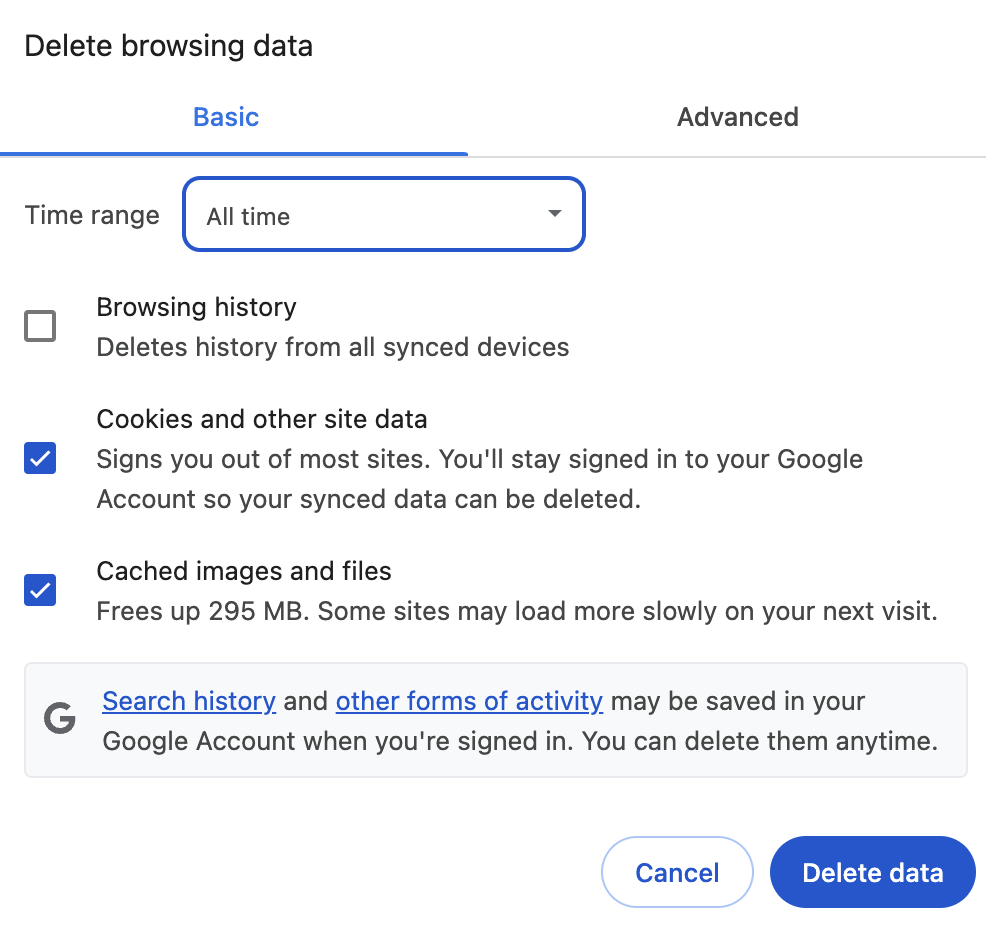
3. Single-row read operation efficiency
Single-row read operations, Bigtable’s most common access pattern, are key to many critical serving workloads. To complement the throughput improvements delivered by the row-cache, we took further opportunities to tune the single-row read path and deliver larger throughput gains.
The complexity of processing queries for a single row versus row ranges can be substantial. Row-range queries can involve high levels of fan-out with RPCs to many tablet servers and complex async processing to merge the results into a single client response. For point operations, this complexity can be bypassed as the read is handled by one node, allowing the associated CPU overhead to be reduced. More efficient point operations led to a 12% increase in throughput. Further, we introduced a new query optimizer step that streamlined 50% of point-read filter expressions into more efficient queries.
4. Scheduler improvements
In addition to internal database performance enhancements, we’ve added user-driven throughput improvements for point operations. These are enabled via user-configurable app-profile prioritization, made possible by the launch of request priorities. Users can annotate their most important traffic with a scheduling priority, which can bring higher throughput and lower latency to that traffic versus lower priority traffic. We built this feature to improve Bigtable’s support for hybrid transactional/analytical processing (HTAP) workloads after researching how to improve isolation between transactional operations, typically single row reads, and analytical operations, which are complex queries with multi-row results. This work identified two core opportunities for Bigtable’s scheduling algorithm:
5. Request prioritization
Request priorities allow the addition of a per application profile priority to be set, allowing Bigtable to more effectively prioritize incoming queries between application profiles. Bigtable supports three different priority levels:
-
PRIORITY_HIGH
-
PRIORITY_MEDIUM
-
PRIORITY_LOW
As might be expected, application profiles with PRIORITY_HIGH are given higher scheduling priority than application profiles with PRIORITY_MEDIUM or PRIORITY_LOW. This improves throughput and latency consistency on the PRIORITY_HIGH application profiles. In the context of HTAP workloads, transactional traffic can be run at a higher-priority application profile and analytical work can be performed with a low or even medium priority, protecting the latency profile (and in particular the p99 latency) of the serving workload from elevating — especially during periods of CPU-intensive batch/analytical processing.
The diagram below illustrates how request profiles may prioritize operations. This is simplified to avoid the complexities of our multithreaded parallel execution environments.
Source Credit: https://cloud.google.com/blog/products/databases/exploring-bigtable-read-throughput-performance-gains/




